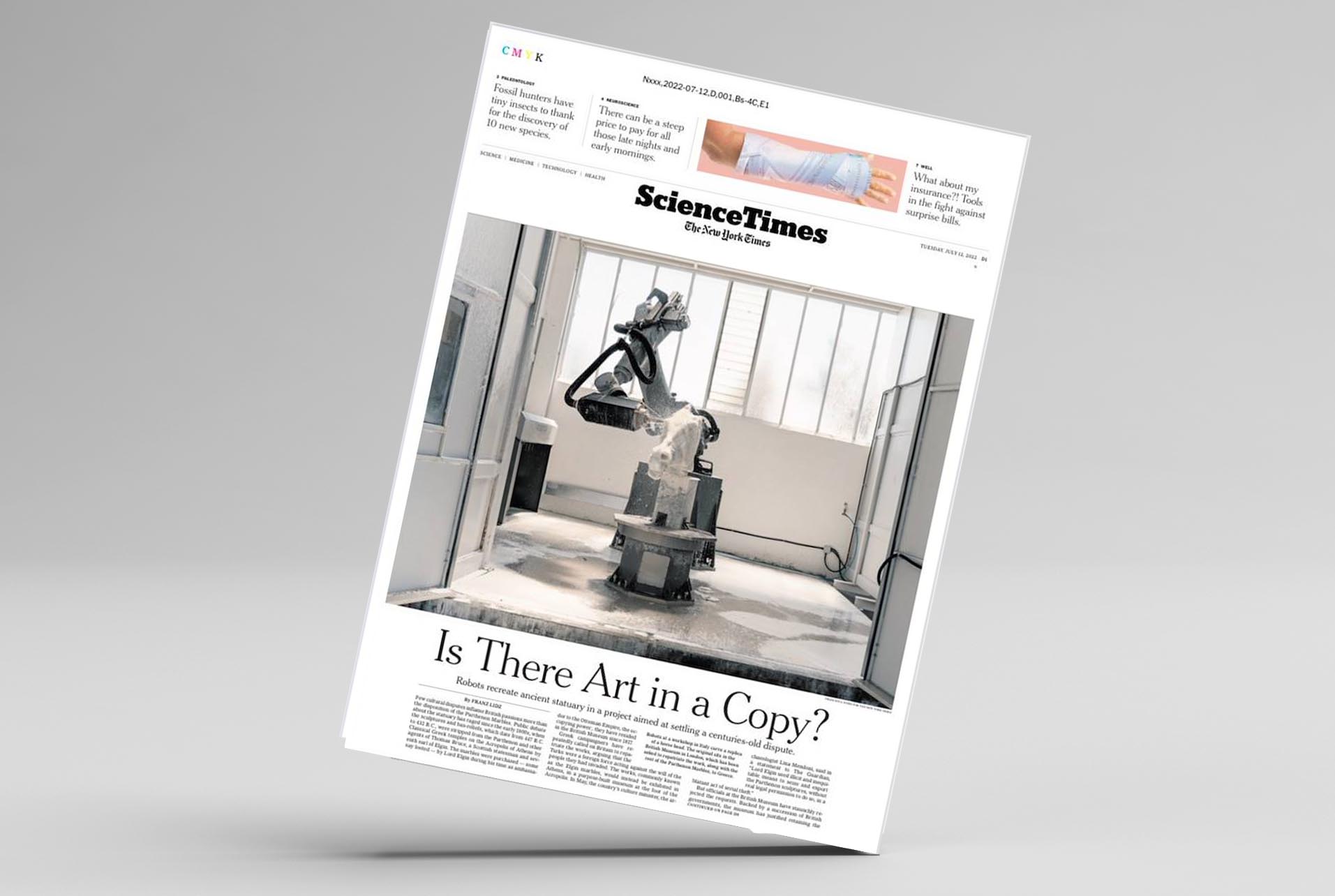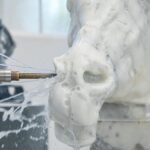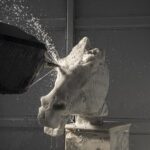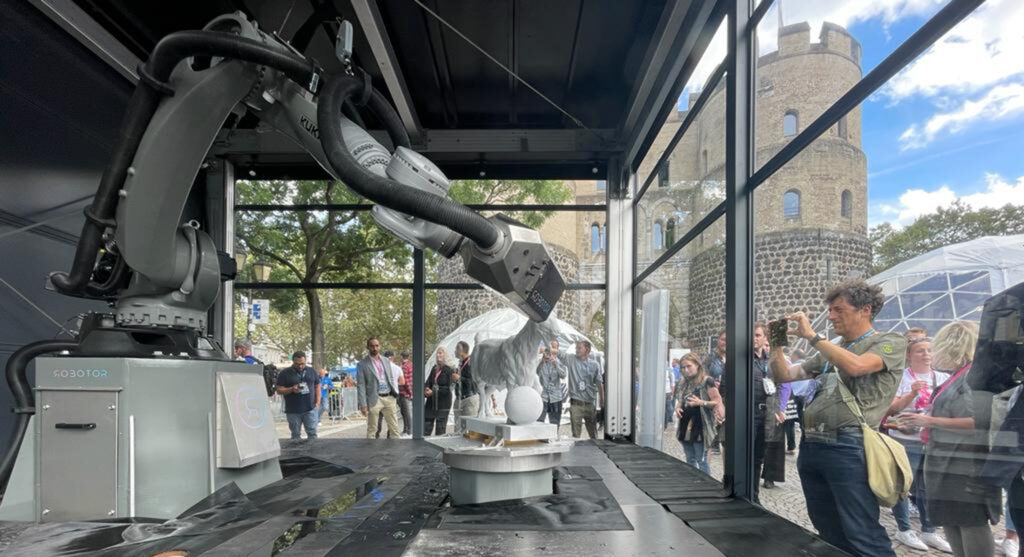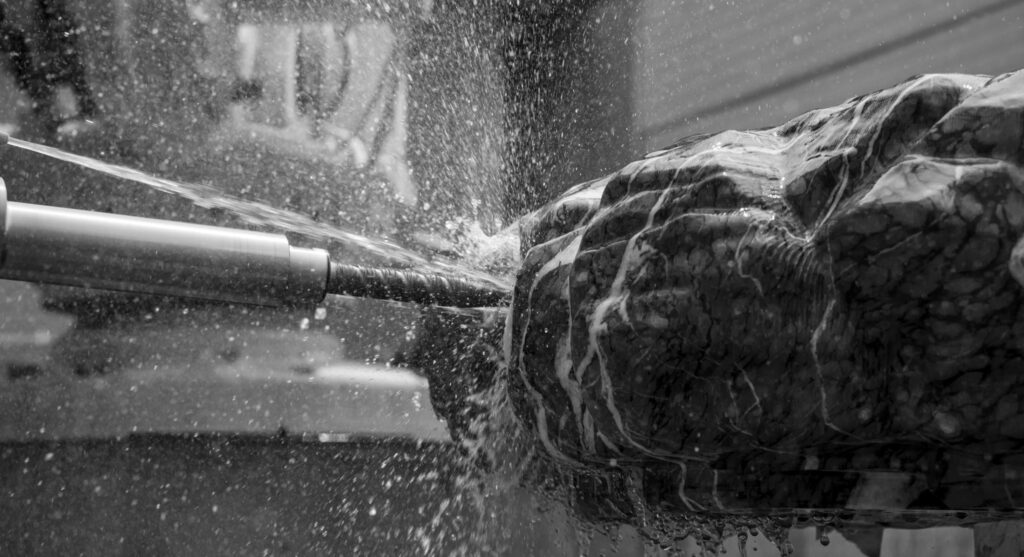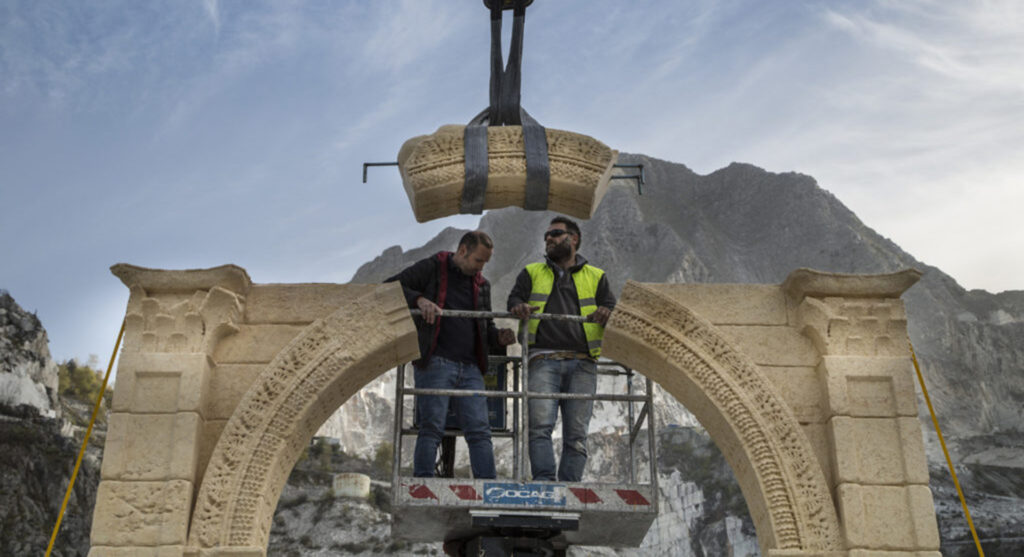The article was also published in the “print” version of the newspaper in the “Science Times” section with the title “Is There Art in a Copy?”
Here is the beginning of the article:
Few cultural disputes inflame British passions more than the disposition of the Parthenon Marbles. Public debate about the statuary has raged since the early 1800s, when the sculptures and bas-reliefs, which date from 447 B.C. to 432 B.C., were stripped from the Parthenon and other Classical Greek temples on the Acropolis of Athens by agents of Thomas Bruce, a Scottish statesman and seventh earl of Elgin. The marbles were purchased — some say looted — by Elgin during his time as ambassador to the Ottoman Empire, the occupying power; they have resided in the British Museum since 1817.
Greek campaigners have repeatedly called on Britain to repatriate the works, arguing that the Turks were a foreign force acting against the will of the people they had invaded. The works, commonly known as the Elgin marbles, would instead be exhibited in Athens, in a purpose-built museum at the foot of the Acropolis. In May, the country’s culture minister, the archaeologist Lina Mendoni, said in a statement to the Guardian, “Lord Elgin used illicit and inequitable means to seize and export the Parthenon sculptures, without real legal permission to do so, in a blatant act of serial theft.”
But officials at the British Museum have staunchly rejected the requests. Backed by a succession of British governments, the museum has justified retaining the marbles on the grounds that Lord Elgin acquired them legitimately; it claims that taking the relics to London helped to safeguard them from neglect and the corrosive effects of Athens’ acid rain and that they are part of a shared heritage, and thus transcend cultural boundaries.
“We are open to exploring any potential loan,” a British Museum spokesperson said, “with formal acknowledgment of the lender’s title to objects and a commitment to return objects a standard precondition.” But Greece will neither acknowledge the lender’s title to the objects, nor will it abide by the “standard precondition.”

